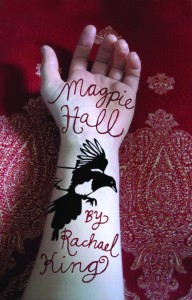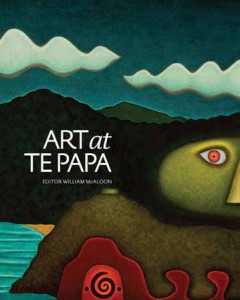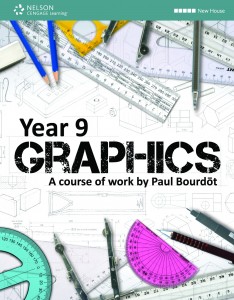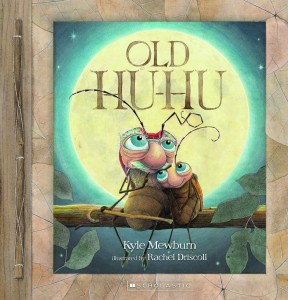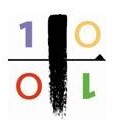2010 PANZ Book Design Awards
Nielsen Award for Best Book
Winner
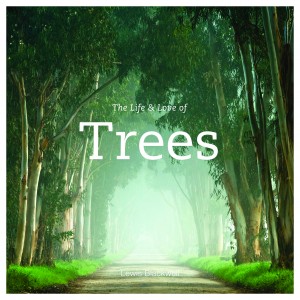 | Designer Cameron Gibb Title The Life & Love of Trees by Lewis Blackwell Publisher PQ Blackwell/Hachette (NZ) Format 305mm x 305mm, 200pp, jacketed hardback with printed, debossed case and printed endpapers |
|
| Judges’ comments Lewis Blackwell’s The Life & Love of Trees is a combination of breathtakingly beautiful photographs and wonderfully written, elegant and accessible essays. It reaches the highest standards of international design and publishing, and will sit proudly on bookshelves all around the world. The photographs certainly gave the designer amazing raw material, but having stunning photographs often results in coffee table books with default designs. Here Cameron Gibb has perfectly resolved the deceptively difficult problems posed by the book. | ||
Awa Press Young Designer of the Year Award
Winner
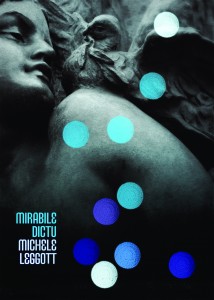 | Keely O'Shannessy 'Books are special objects. They represent a lot of time, energy and passion – from the author, publisher and reader. They have the ability to profoundly affect and educate. They can change people’s lives. I feel very privileged to be able to design for such an extraordinary medium. Creating a visual package that does justice to an author’s words, whilst striking the right chord with the audience, is often quite a challenge. I get a real sense of satisfaction when I know I’ve got it just right.' |
Click here to see the shortlisted candidates
Category Winners
Click the images below to see the 2010 shortlisted candidates for each category.
From the Judges |
|
| Book Design Awards Judges Peter Gilderdale (Convening Judge) Graham Beattie Sharon Grace Young Designer of the Year Judges Dexter Fry Katy Yiakmis |
|
| The question that initially intrigued the judges this year was whether the economic downturn would have left its mark on the awards entries. Granted, marginally fewer books arrived than last year, but as we sifted through the entries, there was little evidence of publishers dropping the ball in slippery economic conditions. Graham Beattie and I were in a position to make comparisons. We had both acted as judges before, and joining us was Sharon Grace, a judge of the young designer award in 2009, who, as a current practitioner, completed the panel’s trade/academic/designer symmetry. The task of judging awards like these is never easy. Each book delivers a unique set of problems to the designer, whose decision-making is constrained by factors like budgets, target audience and author/editor preferences. Paper choice, point size, leading and illustrations are similarly decided, if not by committee, then at least with a lot of peering over the shoulder. The book designer has to deal with these problems (the details of which are invisible to readers and awards judges alike) and come up with a solution that sympathetically interprets the text and looks inevitable, elegant and inspired. As judges, we had to assess the success of the outcome, despite not fully knowing the context in which it was designed. But that is the burden of the designer. The product has to work, and whilst we tried to look out for those little triumphs achieved by designers working under adversity, the books we chose as finalists simply had to have gone beyond problem-solving to deliver something that quickened the pulse. As usual, some categories had more competition than others. The illustrated book category consistently causes judges anguish, as they have to consign wonderful books to the list of invisible ‘also rans’. Similarly, there were many wonderful covers, and the children’s book category had some strong entries. Typography entries were rather uneven; however, there were enough to give competition at the top end, and the same applied to the non-illustrated book category. There, in contrast to 2009, the category was not dominated by partially illustrated non-fiction, but by some pure pieces of book design. The educational book category was again the smallest in volume, but seemed to be more even than last year. It is easy to gloss over, but some of the textbooks in this category represent the most complex book design of all, and with some less formulaic font choices could easily yield a best book award one day. As in 2009, the best book choice was unanimous and rewarded a book in which the design choices and content came together to yield a breathtaking result. The judges’ job was made infinitely easier by the organising team, notably Anne de Lautour. The design community is very well served by PANZ and these awards, which allow us to acknowledge the high-level of design in New Zealand today. Peter Gilderdale |
|

